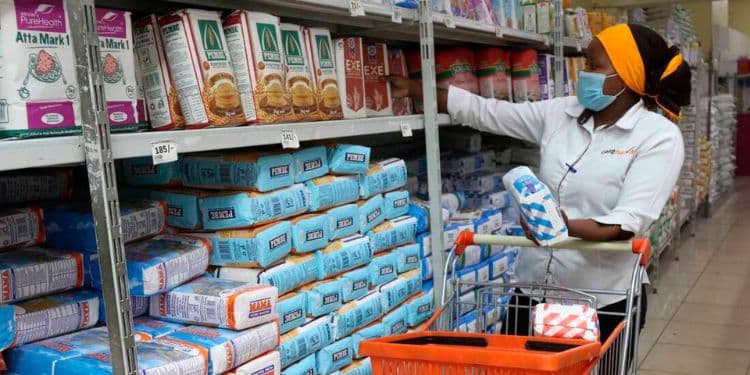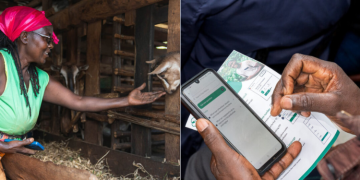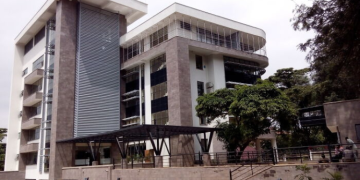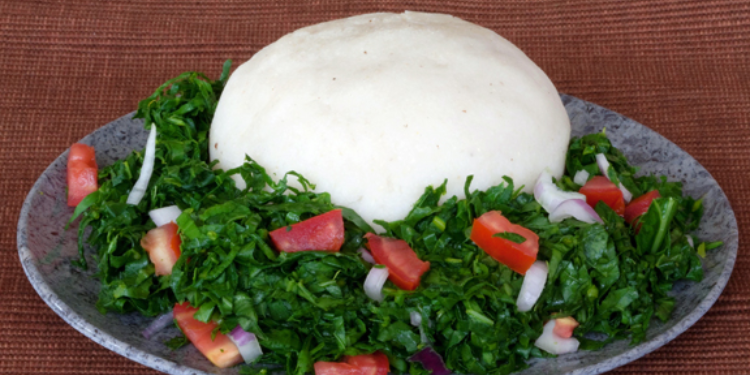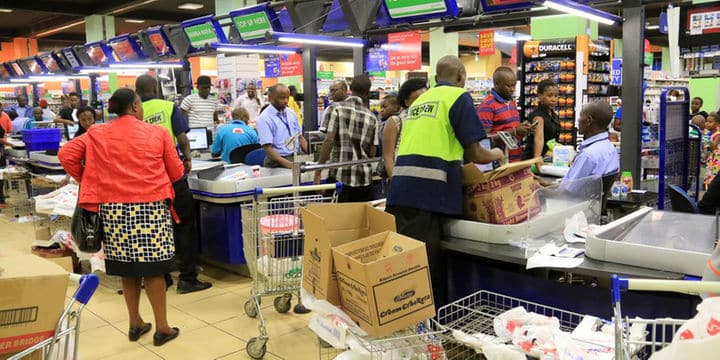Kenya’s overall inflation rate stood at 3.8% in June 2025, according to data released by the Central Bank of Kenya and the Kenya National Bureau of Statistics (KNBS).
The figure shows a year-on-year change in prices between June 2024 and June 2025.
The inflation is largely driven by price increases in basic food items and household essentials, with both core and non-core components of the Consumer Price Index (CPI) basket recording notable changes.
Further, the report highlights price increases in everyday food items, with maize flour, sugar, and cooking oil leading the hike.
Also Read: Sugar, Maize Flour Prices Hike in Latest Report
Increase in Prices of Core and Non-Essential Items in June
Maize flour (sifted) recorded an 18.8% price increase, sugar went up by 9.2%, and cooking oil (salad) rose by 6.4%.
However, the biggest increase was seen in cigarettes, which increased by 24.9%.
Other essential items, such as wheat flour (white), decreased by 6.6%, while fresh packaged cow milk remained relatively stable, with a price decrease of 1.6%.
Core inflation, which accounts for over 81% of the Consumer Price Index (CPI) basket, stood at 3.0%.
On the other hand, in the non-core category, carrots and cabbages recorded increases of 20.6% and 17.3% in prices, respectively.
Utility costs also saw a rise, with the cost of electricity for 200 kilowatts decreasing by 8.2%, petrol by 6.4%, and diesel by 5.7%.
In contrast, the cost of electricity for 50 kilowatts decreased by a margin of 3.0%. The non-core inflation rate came in at 6.2%.
Also Read: Cooking Gas Prices in Kenya Set to Drop
Impact on Households
The rising cost of food, fuel, and electricity in June means that many families were forced to adjust their budgets.
The inflation rate for May 2025 was also 3.8%, indicating a persistent strain on the cost of living over the past two months.
The Consumer Price Index (CPI) is an economic tool used to track changes in the cost of a typical basket of goods and services purchased by households.
Changes in the CPI are used to calculate the inflation rate, which plays a major role in guiding economic decisions. These include government budget planning, wage adjustments, and interest rate policies set by the Central Bank.
To compile the CPI, the Kenya National Bureau of Statistics (KNBS) collects retail prices from 50 designated zones across the country,14 located in Nairobi and 36 in other urban areas.
These data collection zones represent a range of income groups, ensuring the CPI reflects spending patterns of low, middle, and high-income households. Price data is gathered monthly, usually during the second and third weeks.
Follow our WhatsApp Channel and X Account for real-time news updates.
